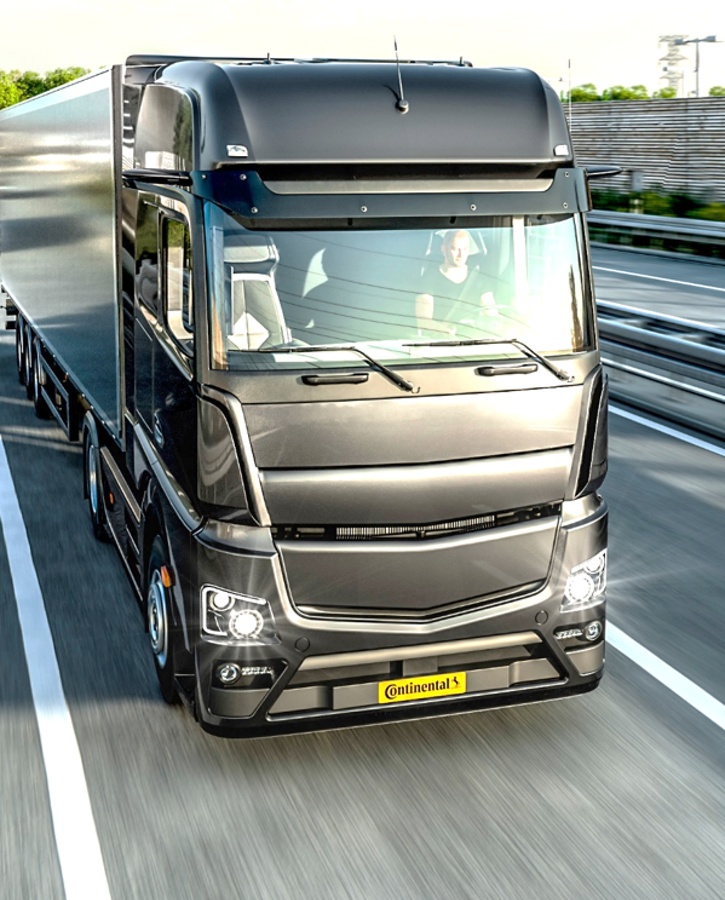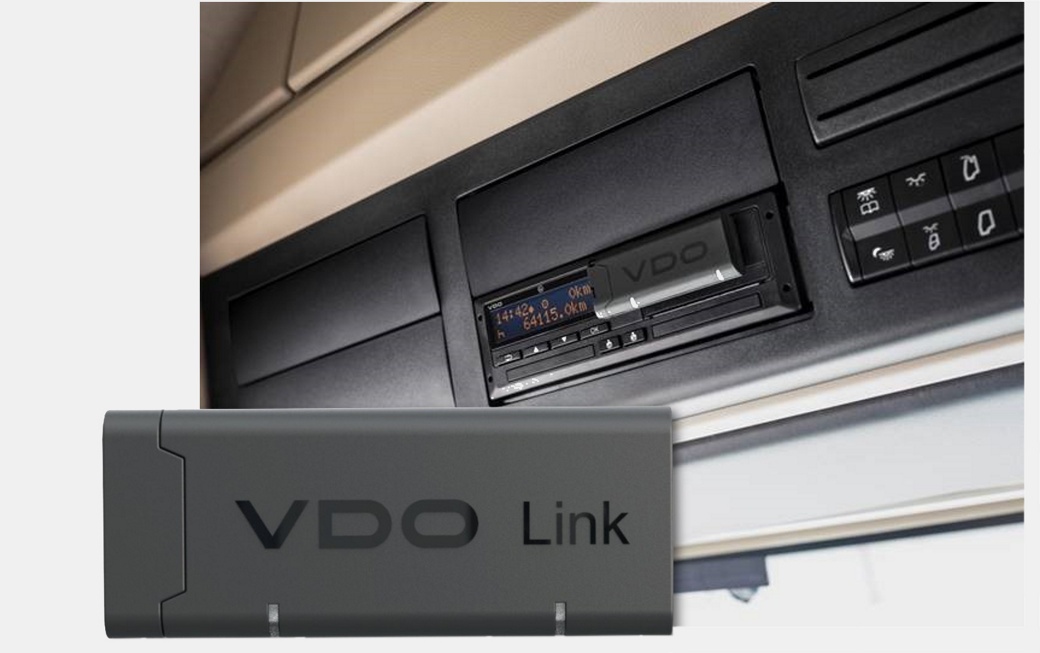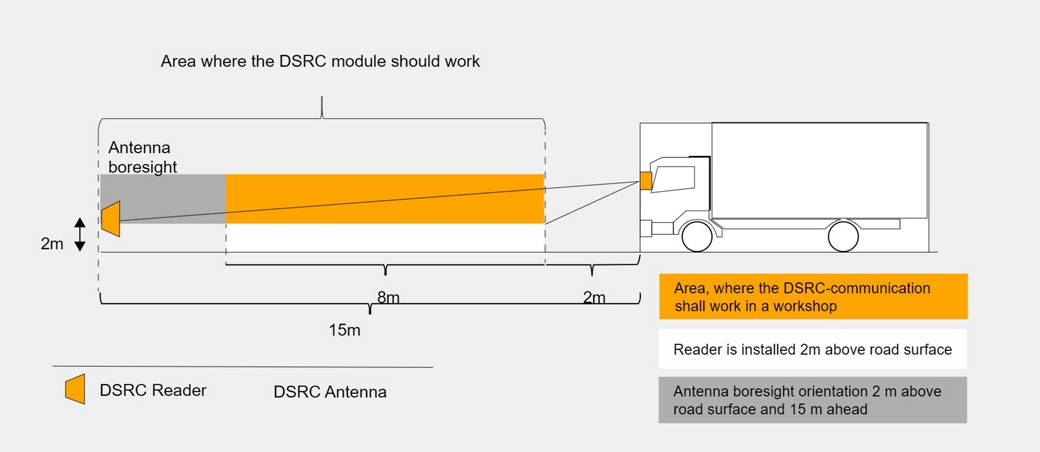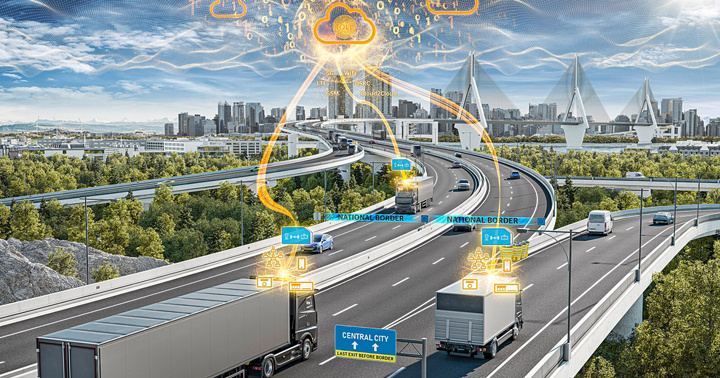The OBU will provide a base software component (BSW) and an application software component (ASW). The BSW represents a hardware abstraction layer for the ASW, providing access to the hardware resources.
Tolling OnBoard Unit 5+
Full EETS-Compliant OBU
- Introduction
- Technical Highlights
- Main Features

DTCO 4.1
- What’s New?
- Future Cooperative Services
- History

Bluetooth
- Supports ITS interface requested by the regulation
- Bluetooth technology (low energy)

RCT (Real Time Clock)
- New high-precision internal clock
Provides the required accuracy for the new GNSS receiver

3rd Motion Sensor
- New internal 3rd motion sensor (in add. to KITAS and GNSS) to detect if the vehicle is moving

GNSS Galileo (OSNMA)
- New GNSS (Global Navigation Satellite System) receiver in order to
support the OS-NMA (Open System Navigation Message Authentication) Galileo Authentication - DTCO 4.1 will be the first industrial application implementing the secured GNSS functionality

New Security and Application Controller
- Security controller SLI37: Latest generation of security controller with improved performance and sufficient memory to fulfil the requirements of updated Annex 1C.
- Application controller: Powerful application controller with lager internal memory space to meet the SW-Update requirements out of the new regulations.
VDO Link
Telematic and Tolling Device as Plugin for DTCO
- Advantages
- Features
- Security Features

- Providing the services Remote Download, Driver Availability, Maps and Partner API inside VDO Fleet
- Versatile solution for every business from single owner operators to large fleets
- Plug & play design saves time and money by eliminating costly and time-consuming installation of telematics device
- No extra device needed for remote downloads and live data access• User-friendly with easy-to-use registration, scheduling, and monitoring process
- Automatization for scheduling up to daily remote downloads
- Alarm system to ensure data integrity by alerting you when there are issues with the VDO Link solution
- Simplifies compliance with EU legislation for digital tachographs
- Streamlines fleet management operations• Enhances overall fleet connectivity and intelligence
Tolling Cloud Proxy
Manage Tolling devices in the field with a turn-key solution. Be compatible with latest Toll Standards and requirements from European Toll domains.
- Modular SOA Architecture
- Configure and Update Zone Rules
Modular SOA Architecture. Scalable Tolling Proxy Service.


Over the air Update
Remote SW Updates for the devices installed in the field
Remote Config
Update, change and apply new settings to the devices
Device Management
Visualize and automatic provision of the devices
SIM Management
Activation, deactivation, data consumption and reports
API Integration
Custom 3rd party integration for services enrichment
Analytics
Evaluation of platform usage
Data Forwarding
Package forwarding to designed customer server
Secure Communication
End to end encryption with TLS and certificates
Health Status
Constant field monitoring for maximum uptime
Protocol customization
Communication setup with customer specific devices
Logging
Comprehensive logging for bug fixing and device improvement
DSRC Antenna
Smart Tachograph V2
- Features
- Implementing Regulation (EU)
- Static and dynamic tests
VDO detached antenna
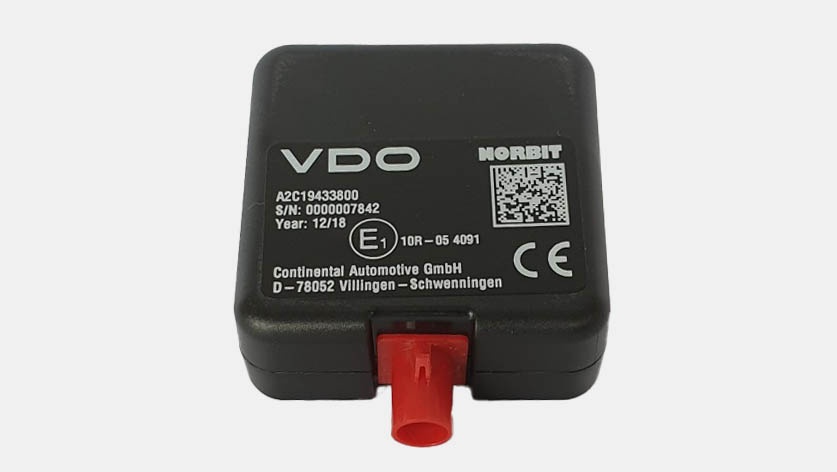
- DSRC antenna has to be mounted based on EU regulations 2016/799 (since 2018)
- 25 RTM messages for the control authorities to read out
- Produced by Norbit, tested / sold by Continental
- Market- leading solution in the field (EU)
- Frequency 5.795 – 5.815 GHz
- Mounted with clips or with adhesive tape on the windscreen
- Included in Tachograph type approval
- RED, EMC certificated
- DSRC ASIC inside the DTCO 4.1(a)
- ASIC and Fakra connector are optional (not needed if
CAN DSRC is used)
 backside?qlt=95&fmt=png-alpha&wid=1040)
DTCO4.1(a) is able to work with CAN DSRC modules from competitors for Tachograph application, but not for Tolling application.
Do you want to know more?
*If the contact form does not load, please check the advanced cookie settings and activate the functional cookies for the purpose of contact management.
